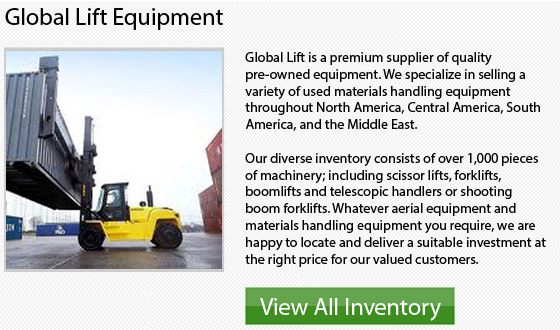
Tower Cranes Grow to New Heights
In the 1950s in the tower crane industry, there were many important developments in the design of these large cranes. Many different manufacturers were started producing bottom slewing cranes with a telescoping mast. These kinds of machines dominated the construction market for both office and apartment block construction. Many of the top tower crane manufacturers didn't utilize cantilever jib designs. In its place, they made the switch to luffing jibs and eventually, the use of luffing jibs became the standard practice.
Manufacturers based in Europe were also heavily important in the development and design of tower cranes. Construction locations on the continent were often constricted areas. Having to rely upon rail systems to move a large number of tower cranes, became very difficult and costly. A number of manufacturers were offering saddle jib cranes that had hook heights of 80 meters or 262 feet. These cranes were equipped with self-climbing mechanisms which allowed sections of mast to be inserted into the crane so that it could grow along with the structures it was constructing upwards.
The long jibs on these particular cranes also covered a bigger work area. All of these developments resulted in the practice of erecting and anchoring cranes in a building's lift shaft. Afterwards, this is the technique that became the industry standard.
From the 1960s, the main focus on tower crane development and design started to cover a higher load moment, covering a bigger job radius, faster erection strategies, climbing mechanisms and technology, and new control systems. Additionally, focus was spent on faster erection strategies with the most important developments being made in the drive technology department, amongst other things.